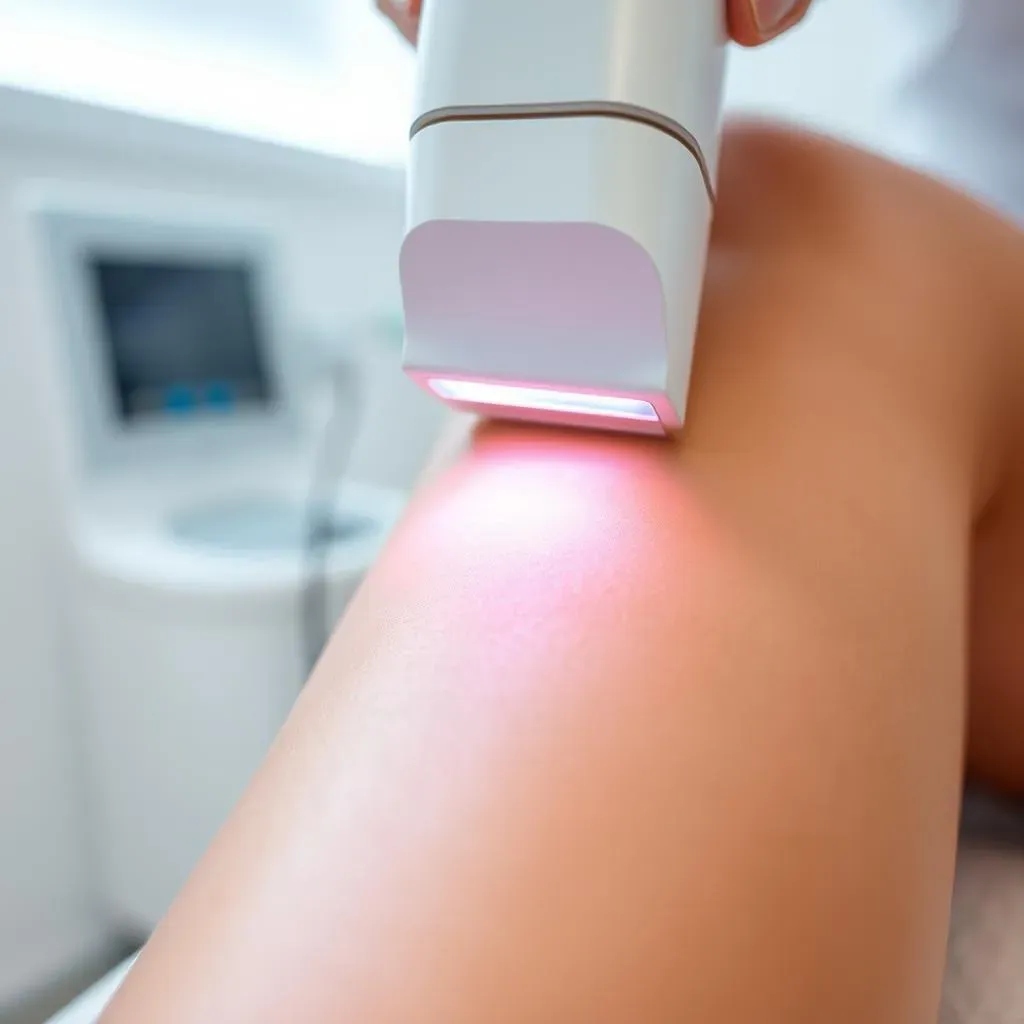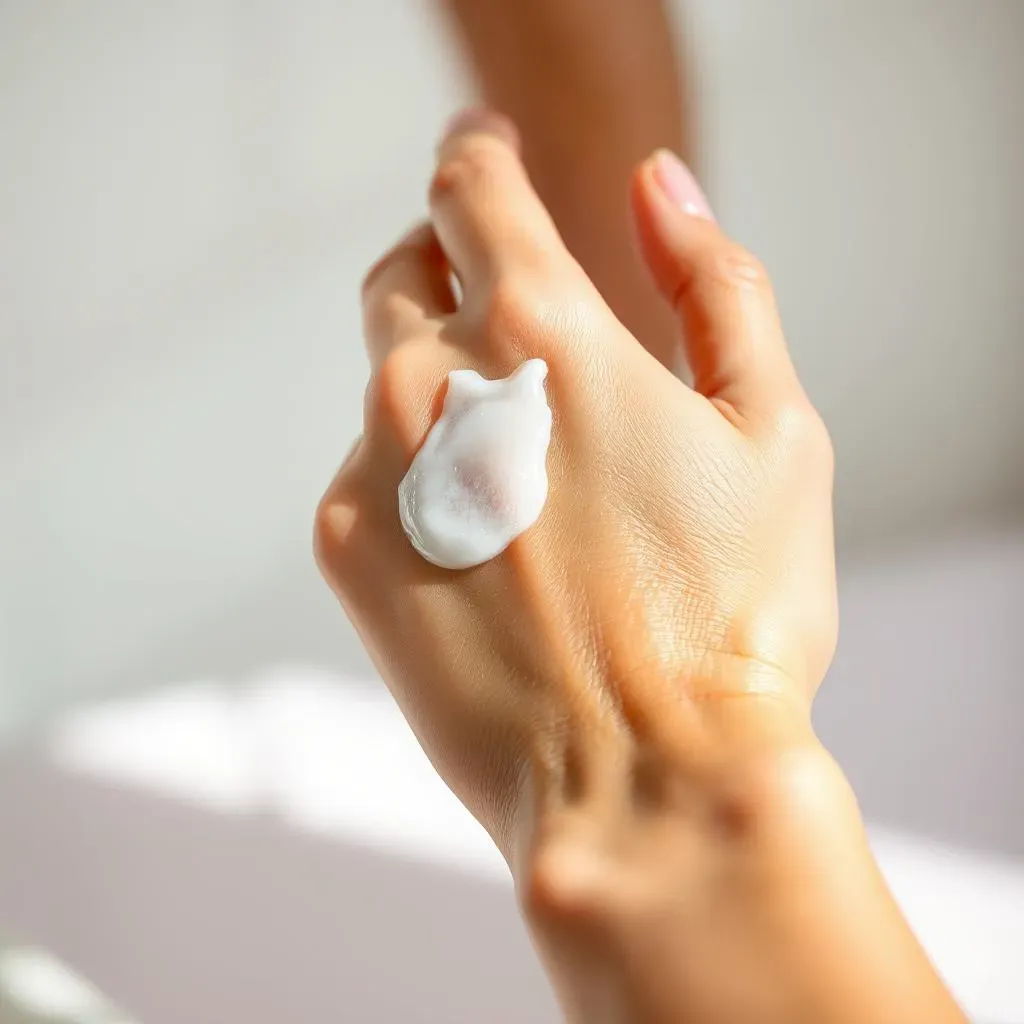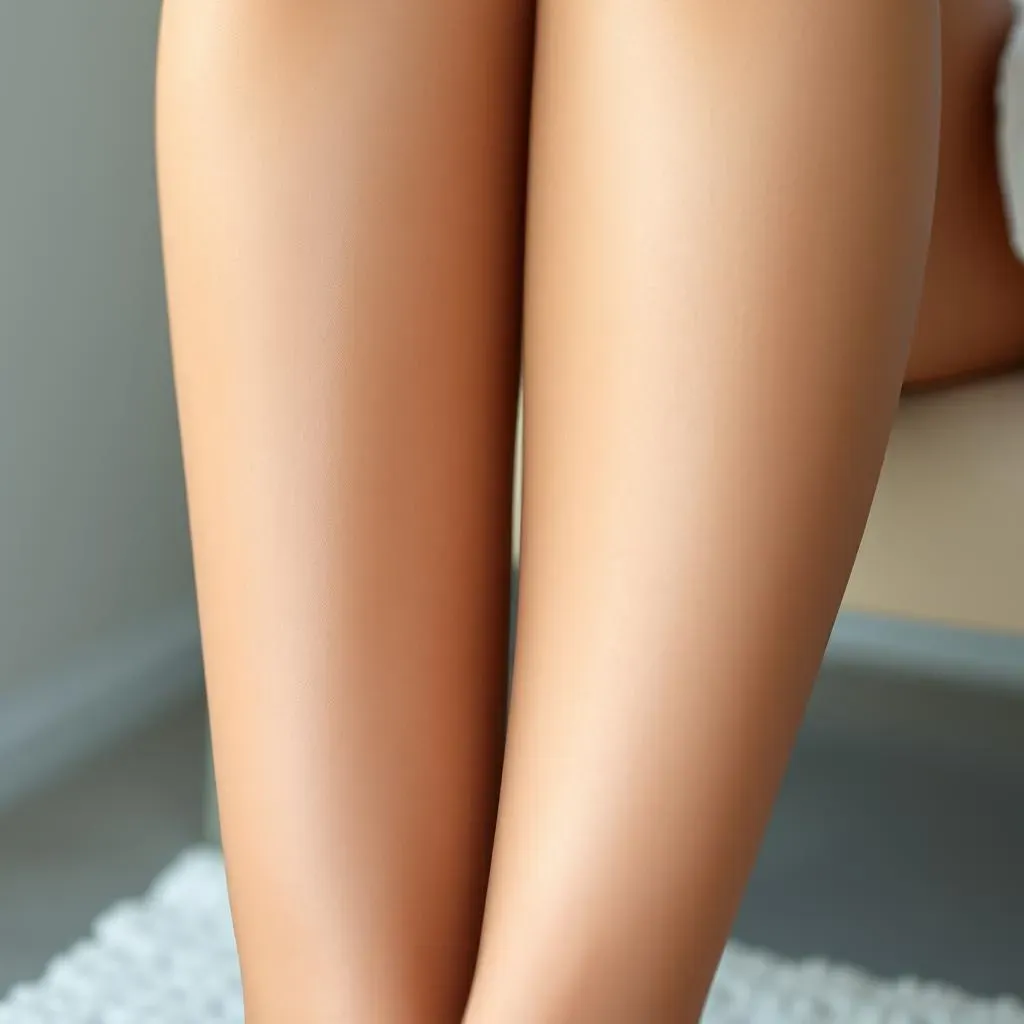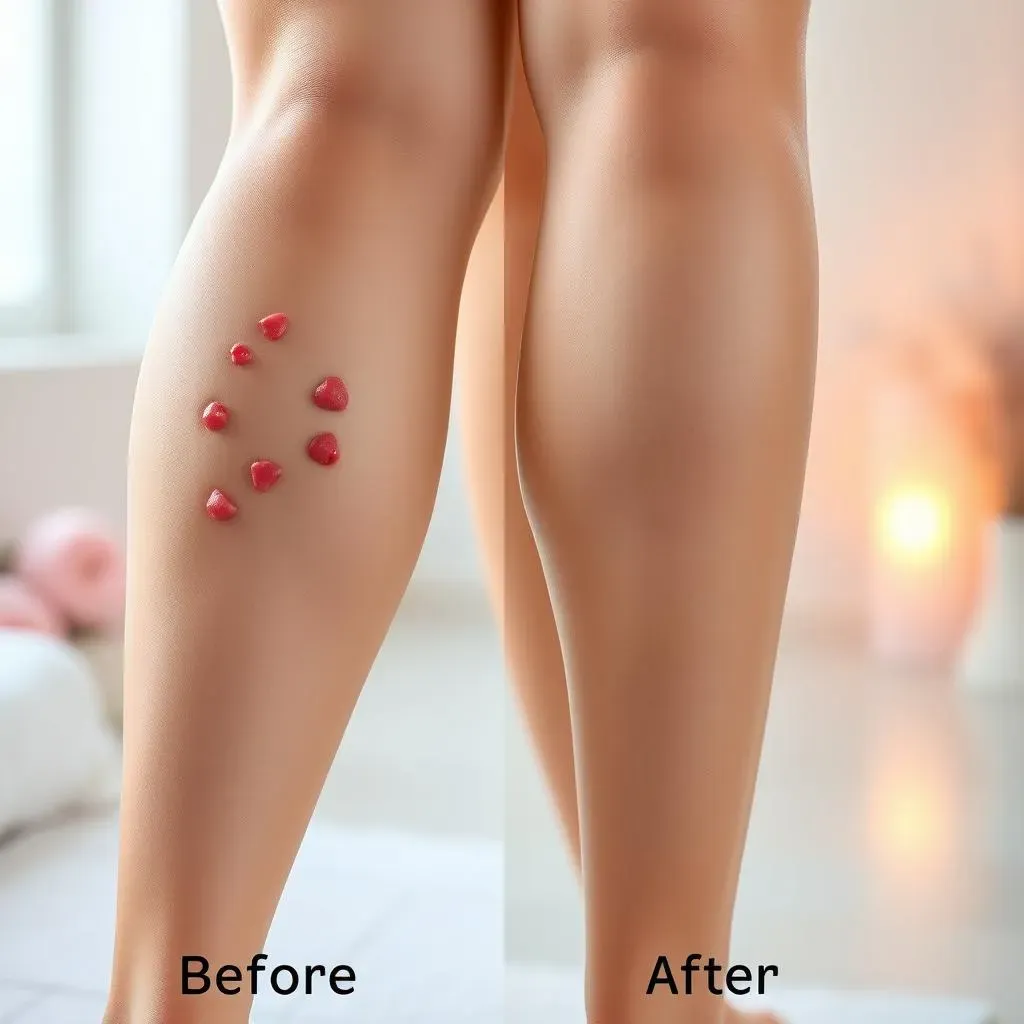Table of Contents
Ingrown hairs can be a frustrating and painful problem, especially for individuals who frequently shave or wax. These pesky hairs occur when hair grows back into the skin, leading to inflammation, infection, and scarring. If you're tired of dealing with ingrown hairs, you may be considering laser hair removal as a solution. But does it really work? Can laser hair removal ingrown hair treatments prevent these unwanted hairs from forming? In this article, we'll delve into the relationship between laser hair removal ingrown hair, exploring the causes of ingrown hairs, how laser hair removal works to prevent them, and provide tips for maintaining healthy skin after treatment. Whether you're looking for a permanent solution or just want to reduce the risk of ingrown hairs, this guide will walk you through the benefits and best practices of laser hair removal ingrown hair treatments.
Laser Hair Removal and Ingrown Hair: Understanding the Connection

Laser Hair Removal and Ingrown Hair: Understanding the Connection
What are Ingrown Hairs and How Do They Form?
Ingrown hairs occur when hair grows back into the skin, causing inflammation, redness, and sometimes infection. They are more common in areas where the hair is coarse or curly, such as the bikini line, underarms, and chin. Shaving and waxing can contribute to ingrown hairs, as they can cause the hair to be cut at an angle, leading it to grow back into the skin. For many people, ingrown hairs are a recurring problem that can be painful and leave scars.
The formation of ingrown hairs is often linked to the way hair grows. When hair is cut too closely to the skin, it can cause the hair to grow back into the skin instead of outward. Additionally, curly or coarse hair is more prone to becoming ingrown because it can easily bend and re-enter the skin. Other factors such as tight clothing, friction, and poor skin care can also contribute to the development of ingrown hairs.
How Laser Hair Removal Helps Prevent Ingrown Hairs
Laser hair removal is a popular solution for preventing ingrown hairs. By targeting the hair follicle with a laser, the treatment destroys the hair root, preventing future growth. This not only reduces the risk of ingrown hairs but also leads to smoother skin. Laser hair removal is especially effective for individuals with curly or coarse hair, as it can significantly reduce the occurrence of ingrown hairs.
The process involves a laser emitting a beam of light that is absorbed by the pigment in the hair. This light is converted to heat, which damages the hair follicle and prevents future hair growth. With each treatment, the follicle is progressively damaged, leading to a permanent reduction in hair growth. As a result, the likelihood of ingrown hairs decreases, providing relief from the discomfort and embarrassment they cause.
Benefits of Laser Hair Removal | How it Prevents Ingrown Hairs | Results |
|---|---|---|
Permanent hair reduction | Destroys the hair follicle, preventing regrowth | Smoother skin with reduced ingrown hairs |
Reduces inflammation and infection | Minimizes the risk of hairs growing back into the skin | Less risk of scarring |
- Permanent hair reduction
- Prevents ingrown hairs by destroying the follicle
- Suitable for all skin types
Benefits of Laser Hair Removal for Ingrown Hair Prevention

Benefits of Laser Hair Removal for Ingrown Hair Prevention
Laser hair removal offers numerous benefits when it comes to preventing ingrown hairs. By destroying the hair follicle, this treatment reduces the risk of hairs growing back into the skin. Not only does this lead to smoother skin, but it also decreases the likelihood of inflammation, infection, and scarring associated with ingrown hairs.
One of the primary advantages of laser hair removal is its suitability for all skin types. Unlike other hair removal methods that can irritate sensitive skin, laser treatment is gentle and effective. This makes it an ideal solution for individuals with sensitive skin who are prone to ingrown hairs. Additionally, laser hair removal can be used on most areas of the body, including the bikini line, underarms, and chin, where ingrown hairs are most common.
Benefits | How it Helps | Results |
|---|---|---|
Permanent hair reduction | Destroys the hair follicle, preventing regrowth | Smoother skin with reduced ingrown hairs |
Reduces inflammation and infection | Minimizes the risk of hairs growing back into the skin | Less risk of scarring |
Another significant benefit of laser hair removal is the reduction in hair thickness and coarseness over time. As the treatment progresses, the hair that does grow back is often finer and softer, making it less likely to cause ingrown hairs. This, combined with the permanent reduction in hair growth, makes laser hair removal an effective long-term solution for preventing ingrown hairs.
- Permanent reduction in hair growth
- Finer and softer regrowth
- Reduced risk of ingrown hairs
- Suitable for all skin types
It's essential to note that laser hair removal is not a one-time fix. Multiple sessions are often required to achieve optimal results, as the treatment targets hair in the active growth phase. However, the end result is well worth the investment, providing a significant reduction in ingrown hairs and smoother, healthier-looking skin.
Preventing Ingrown Hairs After Laser Hair Removal: Tips and Tricks

Preventing Ingrown Hairs After Laser Hair Removal: Tips and Tricks
While laser hair removal is an effective way to reduce ingrown hairs, it's essential to take proper care of your skin after treatment to prevent these unwanted hairs from forming. Here are some valuable tips to help you maintain healthy, ingrown-hair-free skin after laser hair removal.
Exfoliation is Key
Exfoliating your skin regularly can help remove dead skin cells and prevent hairs from becoming ingrown. Use a gentle exfoliant containing alpha-hydroxy acids (AHAs) or beta-hydroxy acids (BHAs) one to two times a week. This will help keep your skin smooth and reduce the risk of ingrown hairs.
- Use a gentle exfoliant containing AHAs or BHAs
- Exfoliate one to two times a week
- Avoid harsh exfoliants that can irritate the skin
Keep the Skin Clean and Moisturized
Keeping your skin clean and moisturized is crucial after laser hair removal. Gently cleanse the treated area with a mild soap and lukewarm water. Avoid using hot water, harsh soaps, or exfoliating scrubs, as they can irritate the skin. Apply a fragrance-free moisturizer to keep your skin hydrated and soothed.
Product | Benefits | Frequency |
|---|---|---|
Mild soap | Gently cleanses the skin | Twice a day |
Fragrance-free moisturizer | Hydrates and soothes the skin | Twice a day |
Avoid Tight Clothing and Irritation
Tight clothing can cause friction, which can lead to ingrown hairs. Wear loose, comfortable clothing to reduce friction and irritation. Also, avoid picking or scratching the treated area, as this can cause inflammation and increase the risk of ingrown hairs.
- Wear loose, comfortable clothing
- Avoid picking or scratching the treated area
- Refrain from sharing personal care items to prevent infection
By following these simple tips, you can significantly reduce the risk of ingrown hairs after laser hair removal. Remember to consult with your specialist if you have any concerns or questions about your treatment.
Laser Hair Removal vs. Other Hair Removal Methods: Which is Best for Ingrown Hair?

Laser Hair Removal vs. Other Hair Removal Methods: Which is Best for Ingrown Hair?
Comparing Laser Hair Removal with Other Methods
When it comes to hair removal, there are several options available, each with its pros and cons. Shaving and waxing are two of the most common methods, but they can often lead to ingrown hairs. Other methods like threading, sugaring, and epilators can also cause irritation and ingrown hairs. Laser hair removal, on the other hand, offers a more permanent solution by destroying the hair follicle, reducing the risk of ingrown hairs.
Shaving, for example, cuts the hair at an angle, which can cause it to grow back into the skin. Waxing, while providing smoother skin for longer, can cause inflammation and ingrown hairs, especially if the skin is not properly prepared. Threading and sugaring can be harsh on the skin, leading to irritation and ingrown hairs. Epilators, which remove hair by pulling it out from the root, can cause redness and ingrown hairs, particularly in sensitive areas.
Hair Removal Method | Risk of Ingrown Hairs | Pain Level |
|---|---|---|
Shaving | High | Low |
Waxing | High | Medium to High |
Threading | Medium | Medium |
Sugaring | Medium | Medium |
Epilator | High | High |
Laser Hair Removal | Low | Low to Medium |
Why Laser Hair Removal Stands Out
Laser hair removal is a more effective and longer-lasting solution compared to other hair removal methods. By targeting the hair follicle, it reduces the risk of ingrown hairs and provides smoother skin. Laser hair removal is suitable for all skin types, including sensitive skin, and can be used on most areas of the body. While it may require multiple sessions, the results are well worth the investment, providing a significant reduction in ingrown hairs and permanent hair reduction.
Unlike other methods, laser hair removal doesn't cause micro-tears in the skin, which can lead to inflammation and ingrown hairs. It's also a more precise method, allowing for the selective targeting of dark hair follicles while leaving the surrounding skin unaffected. This makes it an ideal solution for individuals prone to ingrown hairs, especially in sensitive areas.
- Permanent hair reduction
- Reduces risk of ingrown hairs
- Suitable for all skin types
- Precise and gentle
Choosing the Best Method for Your Skin
When deciding on a hair removal method, it's essential to consider your skin type, hair texture, and personal preferences. For those prone to ingrown hairs, laser hair removal is often the best option. However, it's crucial to consult with a specialist to determine the most suitable method for your individual needs.
Other methods, like shaving and waxing, may be more convenient but can exacerbate ingrown hairs. Threading, sugaring, and epilators can be effective but may not provide long-term results. Ultimately, laser hair removal offers a permanent solution, making it the best choice for preventing ingrown hairs and achieving smoother skin.
Conclusion: Achieving Smooth, Ingrown-Hair-Free Skin with Laser Hair Removal
In conclusion, laser hair removal is a highly effective solution for preventing ingrown hairs. By destroying the hair follicle and preventing regrowth, this treatment significantly reduces the risk of ingrown hairs. While it's essential to follow proper aftercare, such as exfoliating and moisturizing, the benefits of laser hair removal far outweigh the risks. Whether you're dealing with persistent ingrown hairs or simply want to achieve smooth, hair-free skin, laser hair removal ingrown hair treatments offer a permanent and hassle-free solution. Consult with a specialist at Hairawaybylaser.com to determine the best course of treatment for your skin type and hair color, and say goodbye to ingrown hairs for good.
